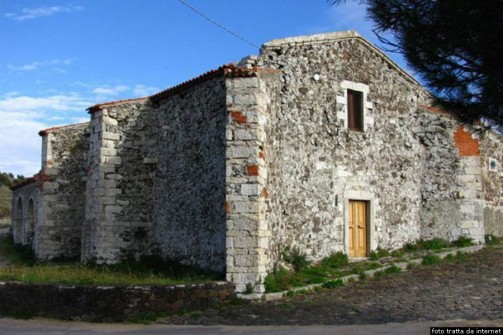After the Council of Trent (1545-63) the town of Osilo was transformed, churches were reoccupied, and new ones were built in special locations such as hilltops. The one closest to the village was chosen for the construction of the church dedicated to St. Anthony of Padua (de sa punta). According to Antonio Loriga, it also owes its construction as a consequence of a vow against the spread of the plague. The earliest records go no further back than 1688 (visit Archbishop Morillo).
The structure is a product of local architecture, as local must also have been the workers, although one can easily discern a desire to imitate late Gothic models. The interior features a single-nave cross-vaulted roof divided into two bays. The apse is covered by a barrel vault separated from the hall by a wrought-iron balustrade. Three niches can be seen in the altar with the central one housing the statue of the saint dated to the 18th century. The original wooden pulpit is still preserved on the right side.
In a 1907 pastoral visitation, the structure is described accurately: a religious building attended not only on June feast days (13). An important celebration was on the 3rd Sunday after Pentecost with great participation of the whole Collegiate Church, a specific song held by the Confraternity of the Holy Rosary, and finally a great horse race.









